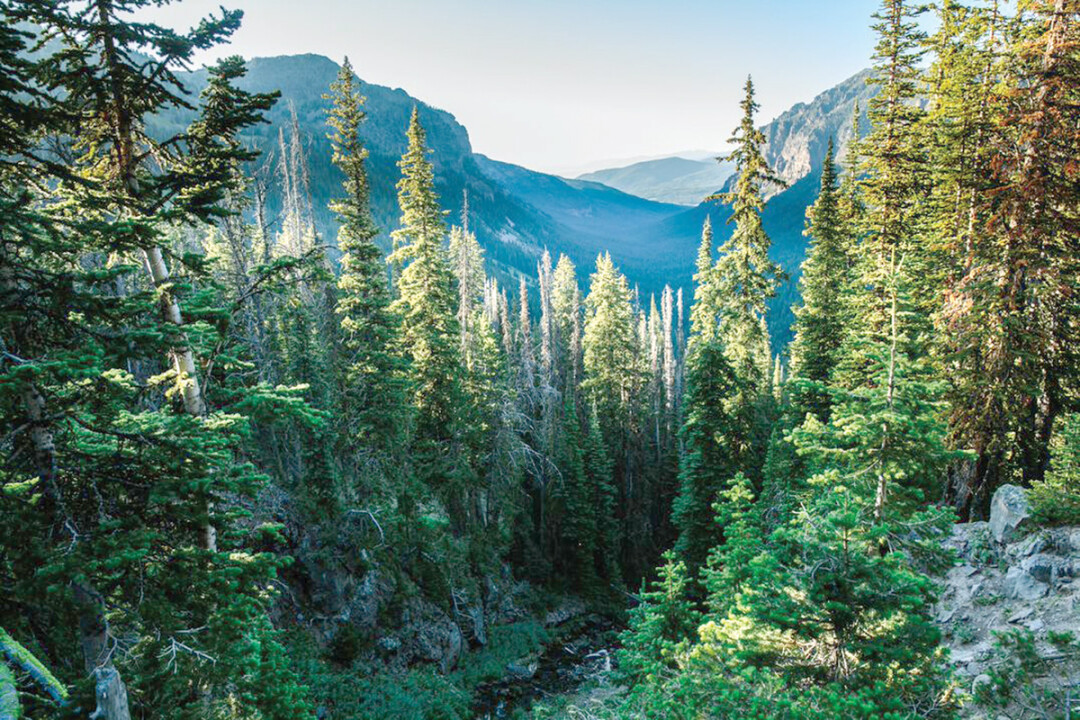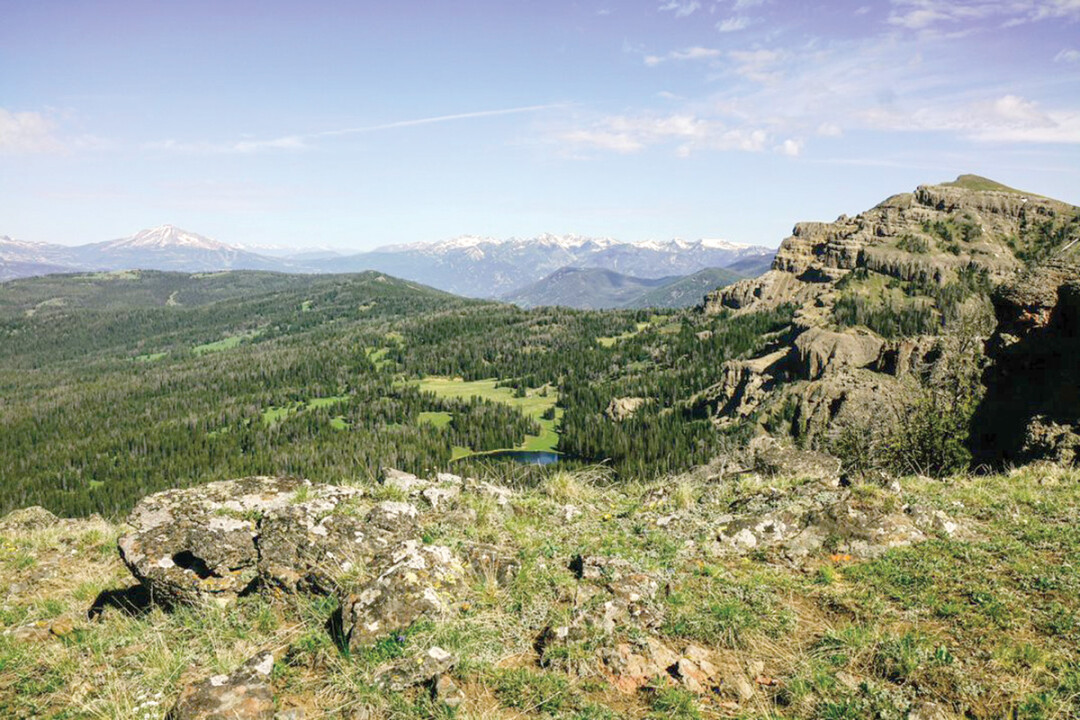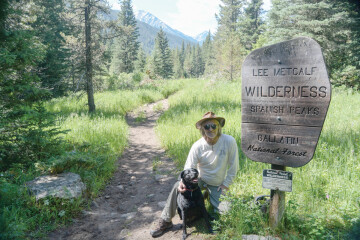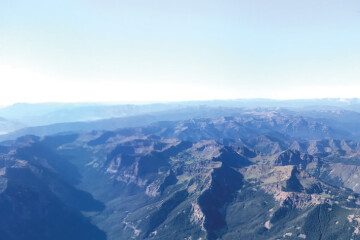Custer Gallatin Needs Protection in the Face of Growth, Climate Change

Right now, the year 2030 sounds far away. But as we all know, the years go quickly --- and seemingly faster all the time in our increasingly frenzied world.
In just ten years, at our current growth rate of four percent, the population of Bozeman/Gallatin County is projected to grow from 108,000 to approximately 160,000. According to the U.S. Census Bureau, Bozeman is the fastest growing area of its size in the nation.
To be sure, a larger population can bring benefits – perhaps greater diversity, more ideas and perspectives, innovative small businesses, a larger tax base, etc. But a larger population will undoubtedly also mean more demand for recreation of all types. More pressure for greater access to the area’s treasured public lands, by increasing numbers of people looking for the “last best place.”
In contrast, ten years is a very long time in the world of grizzly bears. According to bear biologists, it takes approximately that long – an entire decade – for a female grizzly to replace herself in the population, due to grizzly bears’ extremely slow reproductive rate.
What will the rapid human population growth in the region mean for the future of grizzly bears and other wide-ranging species, which need large, intact, connected wild places to thrive? We are so fortunate to co-exist with rare species including grizzly bears – indeed, that is why many of us live here. The Greater Yellowstone ecosystem is one of only a tiny handful of places in the lower 48 still wild enough to support the great bear, and we who live here have a special responsibility for ensuring that they can thrive, now and for generations to come.
Over the last few months, there have been numerous opinion pieces in local outlets about protection of the Gallatin Range and revision of the Custer Gallatin National Forest management plan, which will guide how millions of acres of our public lands in Montana are managed for decades into the future. The Gallatin Range contains some of the wildest country and best wildlife habitat you’ll find anywhere. It’s hard to believe that the Gallatin Range is the only range adjacent to Yellowstone that still has no permanent protection. The vast majority of the Hyalite Porcupine Buffalo Horn Wilderness Study Area (WSA) deserves permanent protection through Wilderness designation, including important linkages for wildlife in the northeast part of the WSA, especially in the face of climate change.
And while much of the public dialogue has centered on the Gallatin Range and the WSA, let’s not forget the opportunities we have during this planning process to protect important wildlands in other parts of the Custer Gallatin, and connect them so that bears and other wildlife can thrive. As several studies have shown, the Bridgers provide important wildlife linkages between Greater Yellowstone and wildlands to the north. The northern Bridgers still have relatively intact roadless areas that should be protected, while we still can. The Crazy Mountains currently have challenging land ownership patterns but this mountain range is also important for wildlife connectivity, and large blocks of wild, roadless areas in the Crazies deserve protection.
The Forest Service recently released its draft management plan for the Custer Gallatin and now wants public feedback on the various alternatives in the plan as to how the Forest should be managed. The Sierra Club is engaging fully in this very important process, and we encourage everyone to pay attention and to get involved in the protection of your public lands. If we don’t take action now to permanently protect remaining wildlands, we could lose that opportunity forever, considering the pace of population growth in the region, increasing demand for recreational access, and a Trump administration bent on granting extractive industries free rein on our public lands.
Given these threats, and the role of the Custer Gallatin National Forest in maintaining the beauty and wildness of such a rare and special place as Greater Yellowstone, now is the time to push for large-scale and lasting protection. It is also the time for all of us fortunate enough to live here to consider and practice personal restraint in the demands that we place on this treasured landscape and its irreplaceable wildlife.
Visit https://content.sierraclub.org/ourwildamerica/custer-gallatin-national-forest-planning to learn more about Sierra Club’s recommendations for protection of the Custer Gallatin and how you can get involved.
Bonnie Rice is the Senior Campaign Representative for the Sierra Club in Bozeman, MT.
photos Louise Johns


